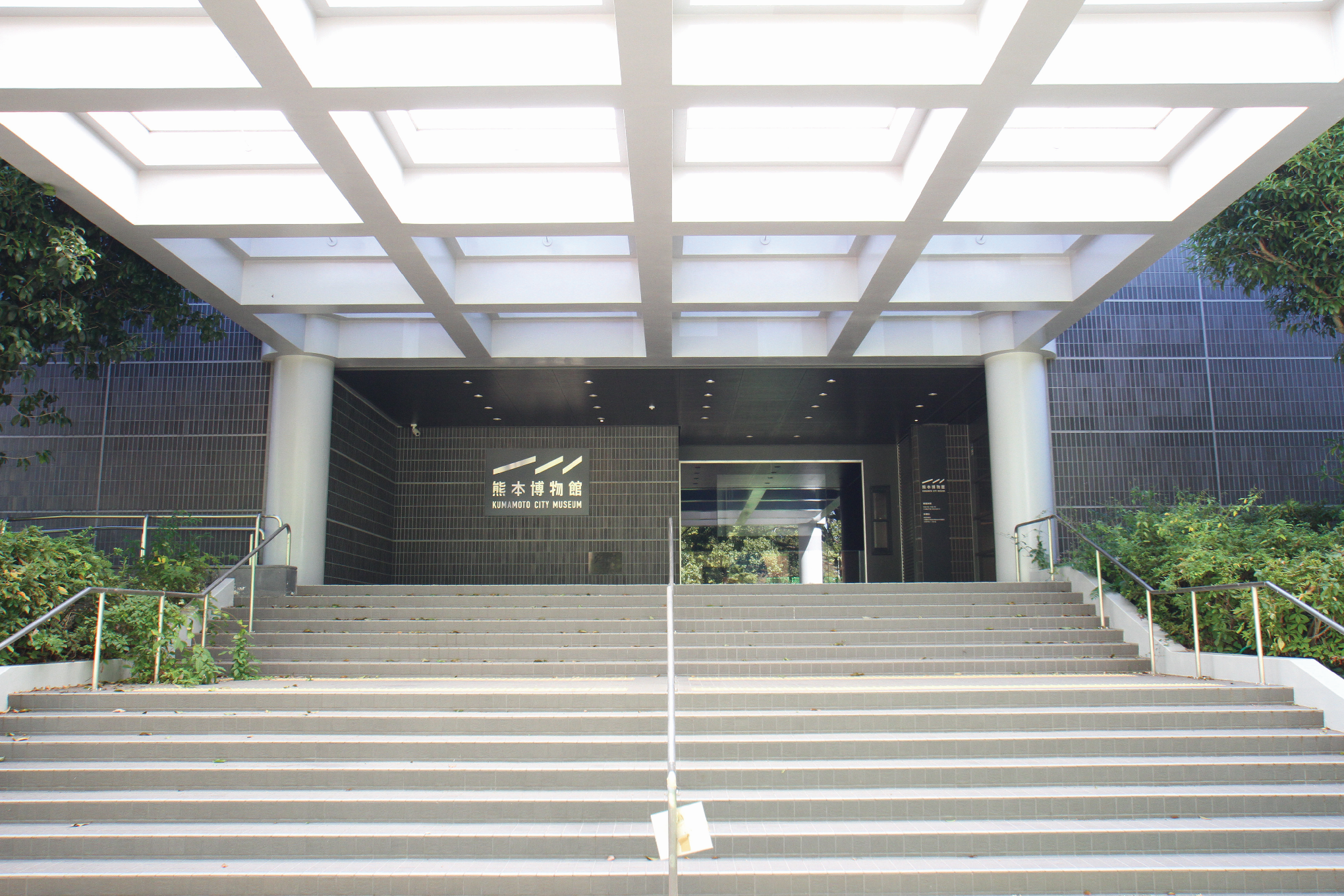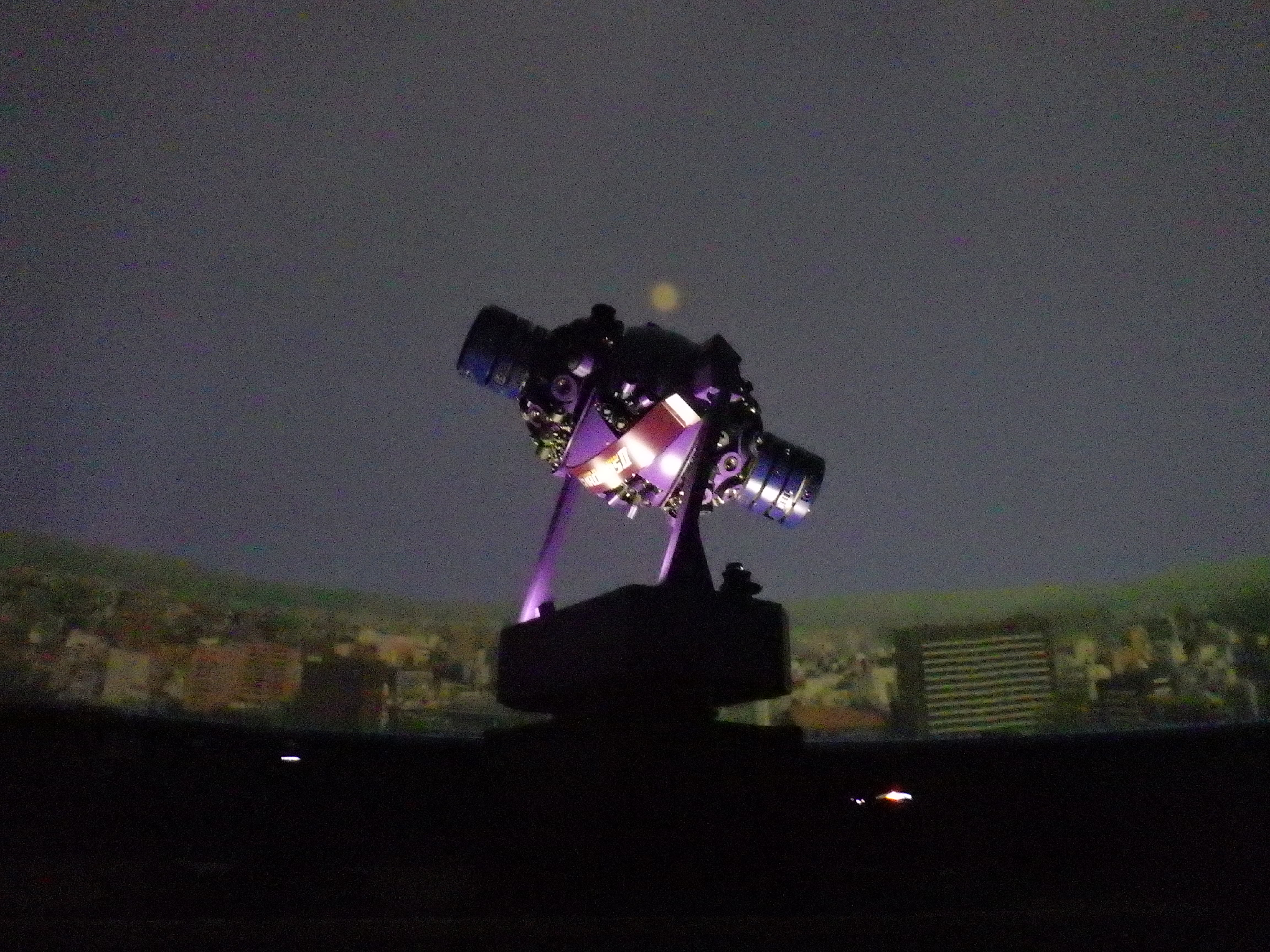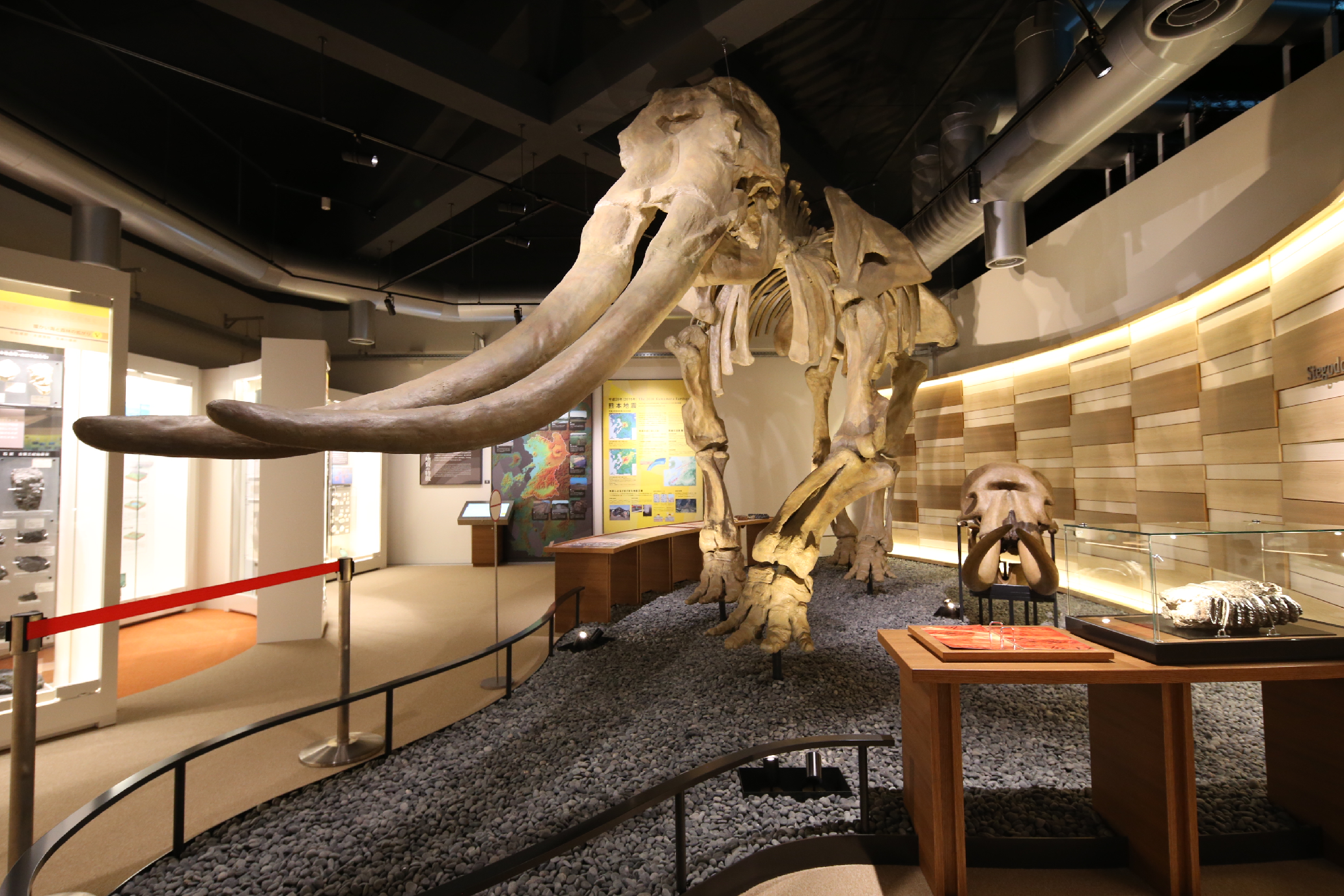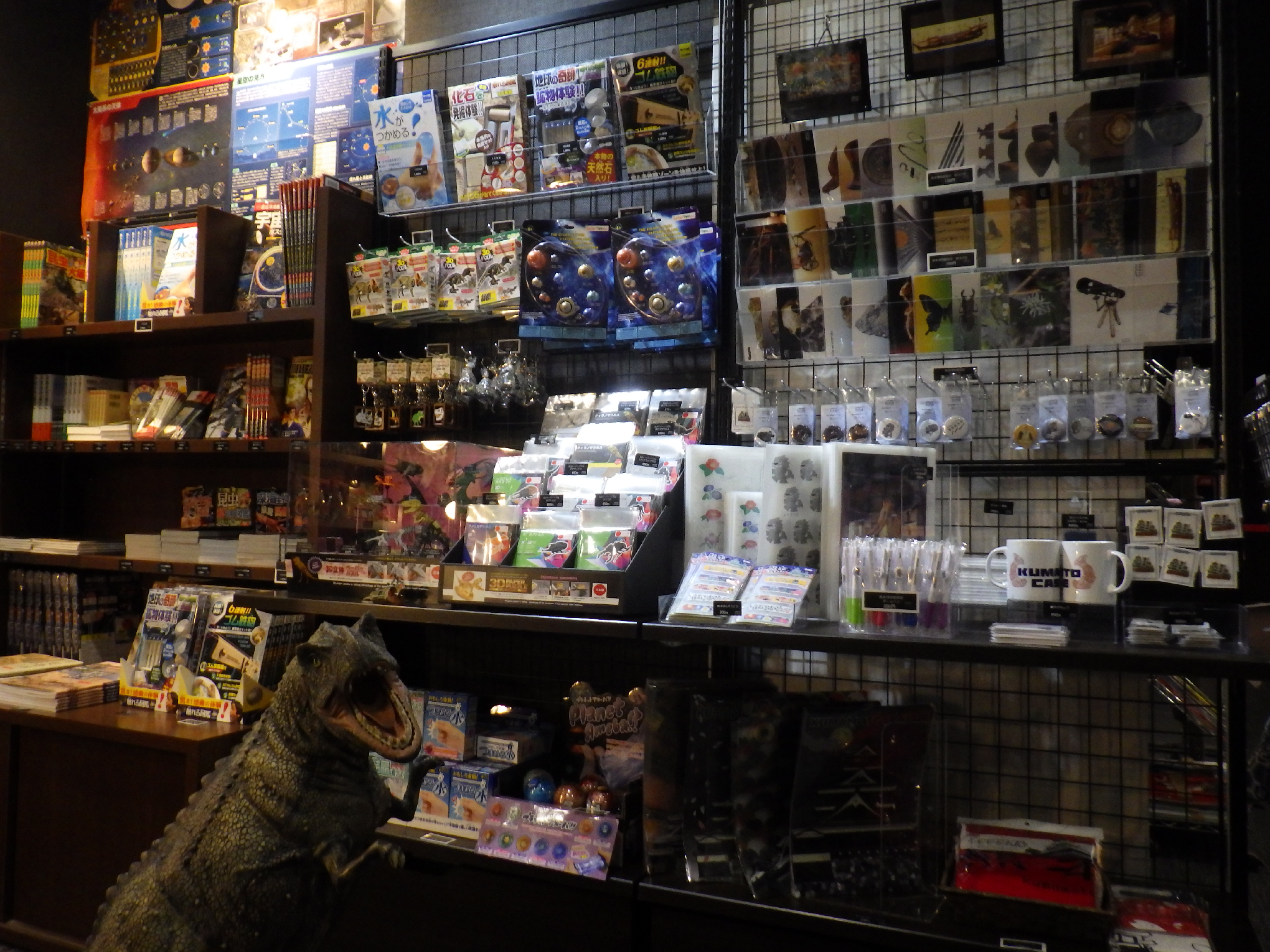This museum is located northwest of the castle and was reopened in 2018 after a complete renovation. It is several museums in one, with the first floor devoted to the history and culture of the city of Kumamoto, the second floor covering the natural history of Kumamoto Prefecture, and the basement housing a planetarium. The museum is designed for easy access and provides an audio guide in four languages available as a smartphone app.
The first exhibit upon entering is the cabin of the Naminashi Maru, the ship that the Hosokawa family, who ruled Kumamoto for almost two and a half centuries, sailed in when they returned to their home city from Edo (current Tokyo). Built in 1838, it is an ornate two-story pavilion with tatami-mat rooms, lacquered woodwork, and elaborate fittings. The second floor of the museum has a window from which the Naminashi Maru cabin can be viewed from above.
Life Through the Ages
The other exhibits look at what life was like in Kumamoto from the paleolithic period through the age of the samurai and all the way to the mid-twentieth century. The central corridor presents the overview and side rooms provide a deeper look into specific topics. There is a recreation of a machiya town house of the Meiji era (1868–1912) and another of an ordinary home of the mid-Showa era (1960s), the latter has early examples of the consumer electronics that were to drive Japan’s postwar economic advancement. A “secret corridor” runs along one side of the museum’s first floor with a window looking into the museum storehouse collection of 42,000 items, some of which remain uncatalogued.
The second floor focuses on natural history. Highlights here include a diorama of the depths of Lake Ezu, which lies southeast of the city of Kumamoto. There is a fish’s-eye view below the lake’s surface, along with an interesting exhibit about invasive foreign species. Meanwhile, a display of stuffed animals with specimens of their droppings is designed to show children how to spot the signs of animal life on Mt. Kinpu.
In the Steps of a Stegodon
On the upper floor is a more traditional natural history museum, featuring different classes of animals and plants including mammals, birds, snakes, fish and fungi. The star exhibit upstairs is the fossilized skeleton of an elephant-like stegodon from China and part of a stegodon jaw from Kumamoto. The comprehensive geology section of the museum includes rock samples you can touch.







